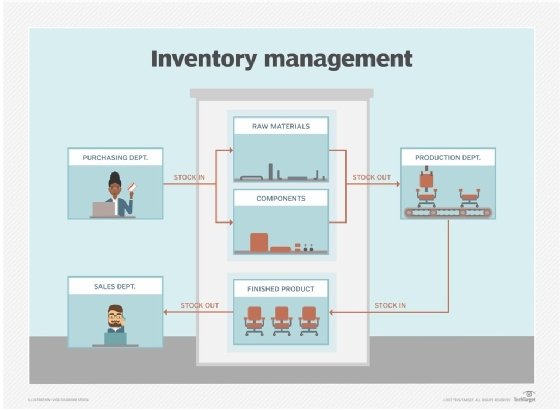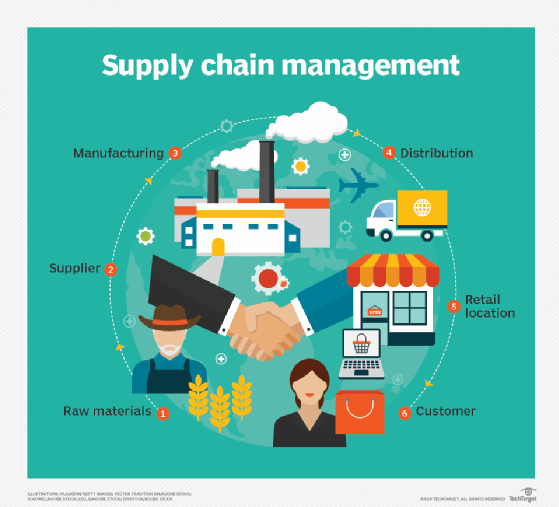replenishment
What is replenishment?
Replenishment is the controlled and regular movement of inventory from an upstream point on the supply chain to a downstream location that requires sufficient stock to cover demand. The process of inventory replenishment varies depending on the type of business and circumstances. For example, it can refer to any of the following situations:
- shipping raw materials from suppliers to manufacturing facilities;
- moving inventory from reserve product storage to packing and shipment locations;
- ordering inventory from suppliers to ensure that a warehouse or fulfillment center has adequate product; and
- relocating stock from a warehouse to a pickup facility or retail.

What is the purpose of replenishment?
The purpose of replenishment is to keep inventory flowing through the supply chain by maintaining efficient order and line-item fill rates. Without a proper replenishment plan, organizations may put their business at risk. For instance, a manufacturer might run out of raw materials, leading to production delays, or a retailer might not have the products that customers need, resulting in lost sales and customer attrition.
Inventory replenishment -- also known as stock replenishment -- helps avoid running out of inventory while preventing costly overstocking. It does not matter whether the inventory itself comprises raw materials or ready-to-sell products, as long as the stock is available where and when it's needed, without incurring excessive carrying costs.

How does replenishment work?
Replenishment is a complex process that must consider numerous factors. It requires accurate demand planning that anticipates what inventory is going to be needed, where it will be needed and when it must be there. Many organizations now turn to advanced algorithms and predictive analytics based on historical data to project future demand.
Replenishment planning must also consider the anticipated lead time for each order. This is the time it takes from the placing of an order to when the inventory is ready for use. Depending on the type of business, lead time calculations might need to consider how long it takes to manufacture, package or ship the inventory, as well as how long it takes to process the delivery once it arrives. Lead times can vary significantly and must be taken into account on an item-by-item basis.
Other considerations that go into replenishment planning can include bulk buying discounts, shipping distances, vendor quantity restrictions, safety stock requirements and other factors that may affect delivery and overall costs. Replenishment planning should also take into account special circumstances, such as product seasonality, discount sales, new store openings, local competitors, customer demographics and many other factors.
See also: supply chain planning, supply chain management, production planning, demand signal repository, demand shaping, just-in-time manufacturing, lean production.







